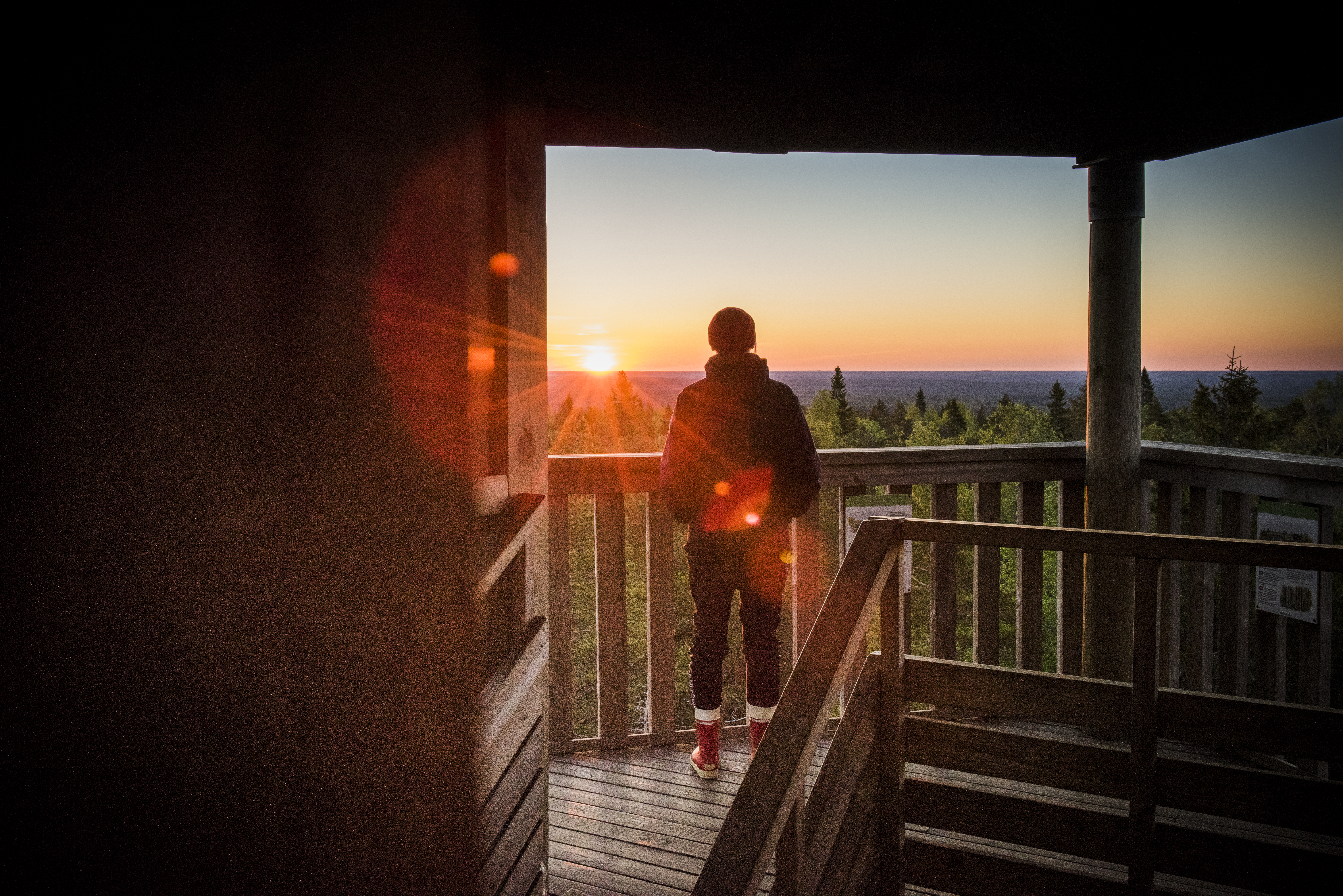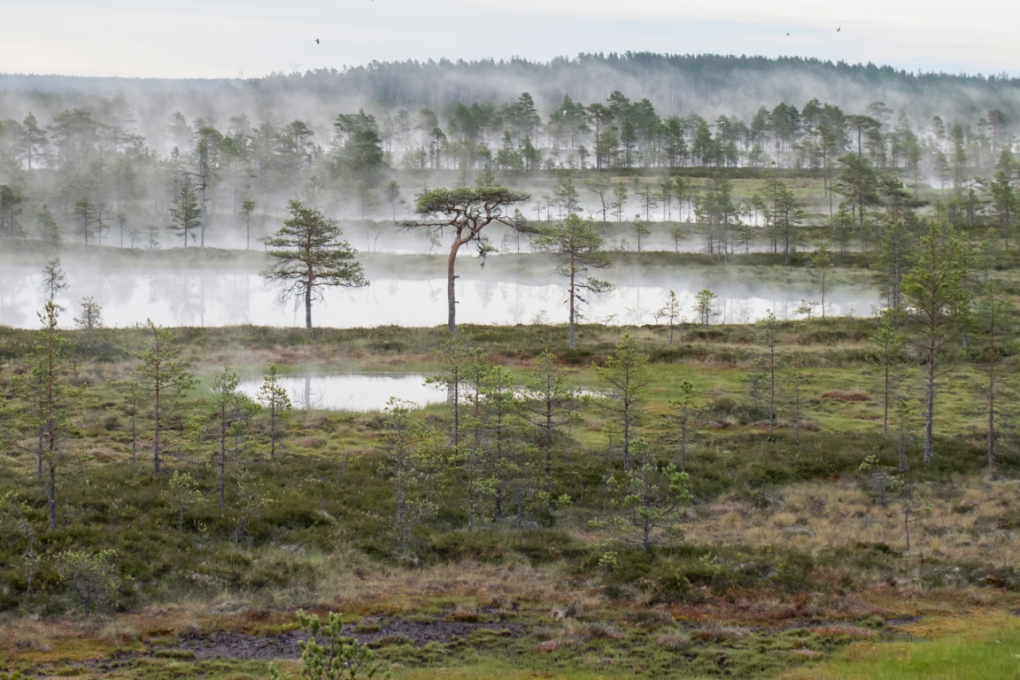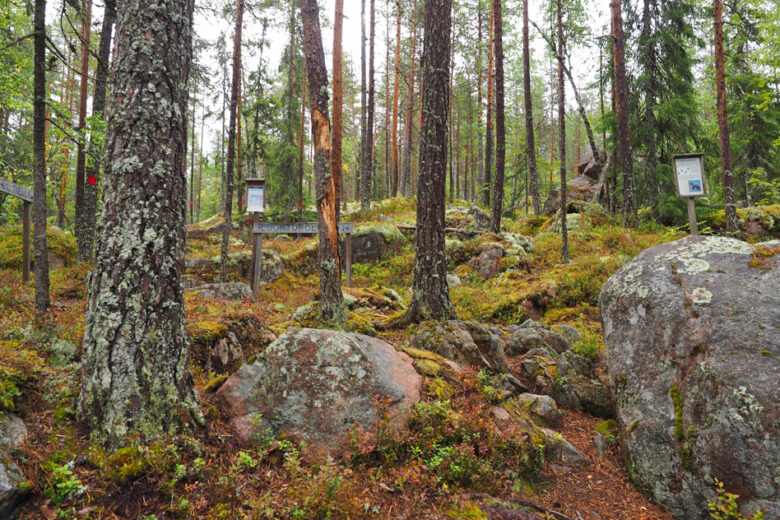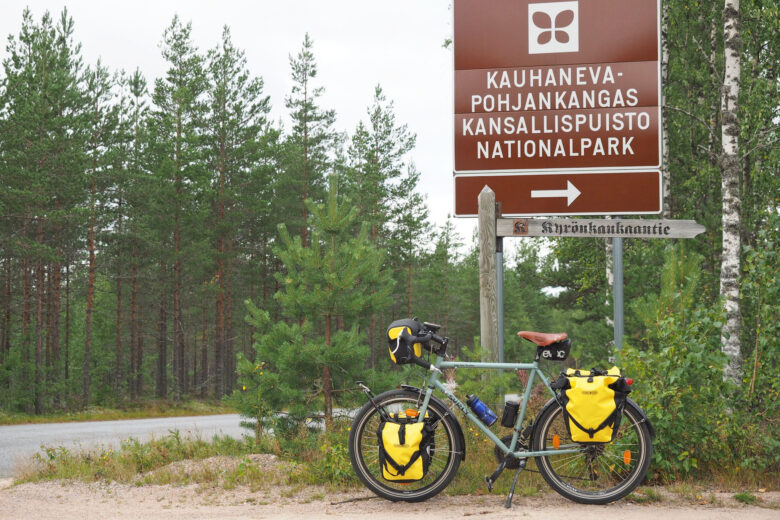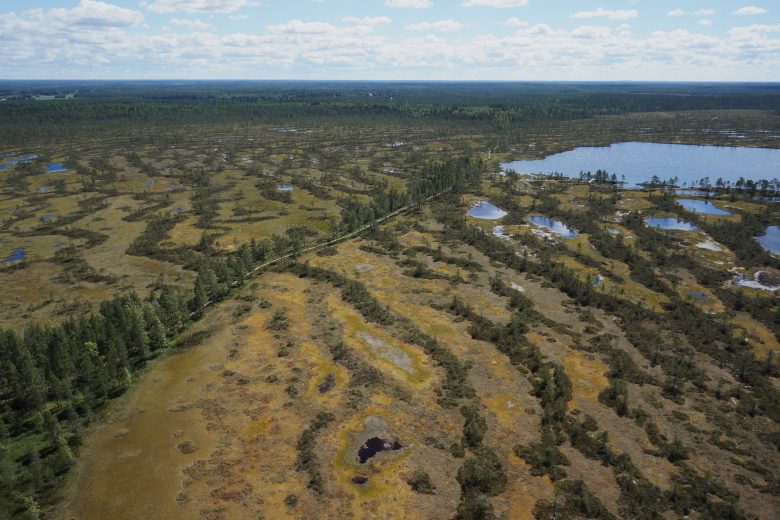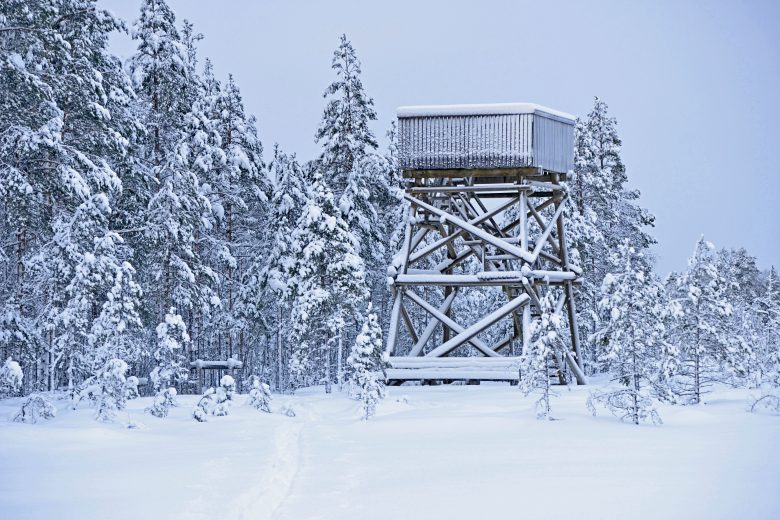Suosittelemme sinulle
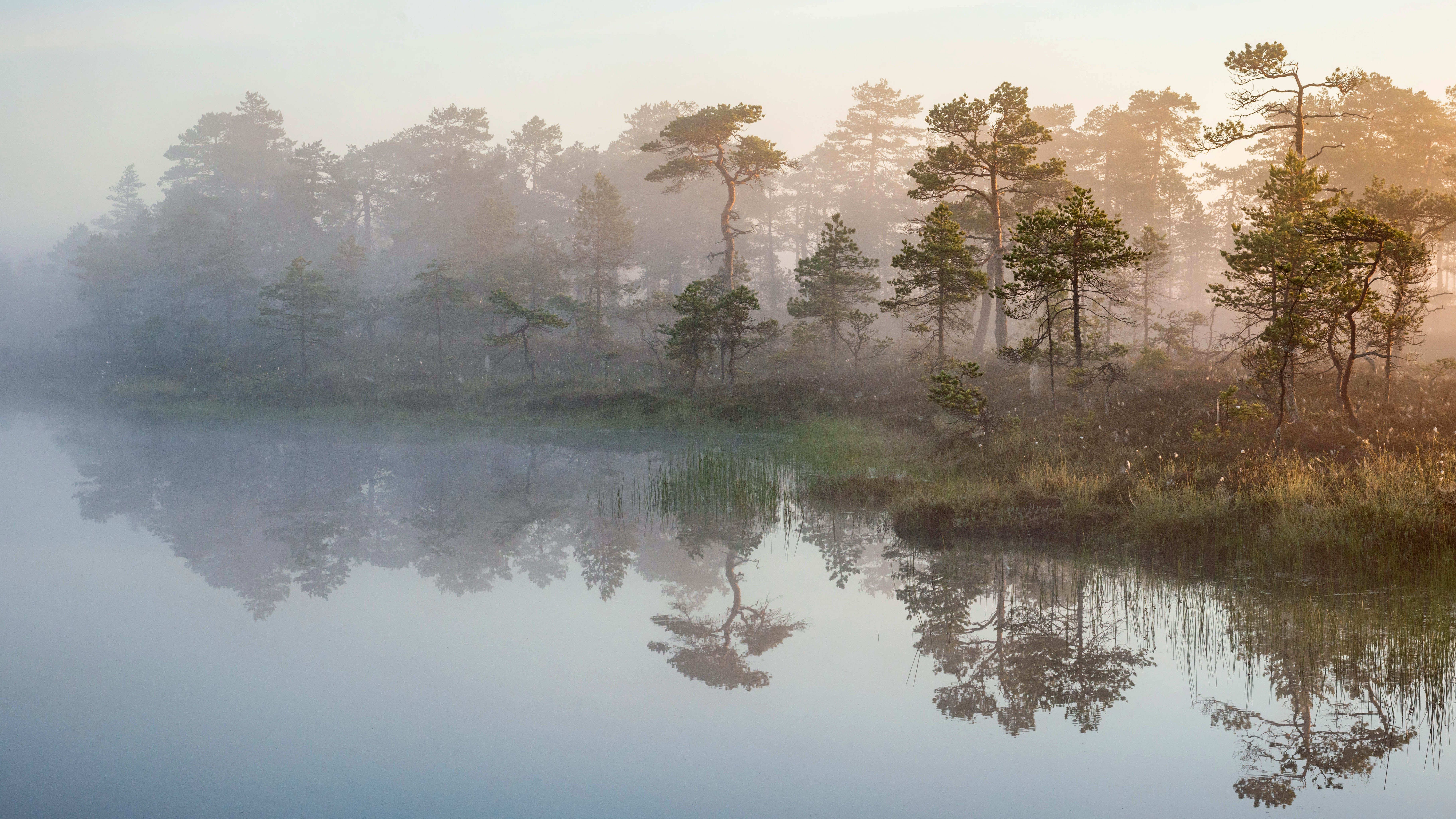
Lauhanvuori – Hämeenkangas UNESCO Global Geopark
Koe erämaisten soiden rauha ja mystiikka. Löydä muinaisten geologisten tapahtumien jäljet. Kaikilla Geoparkeilla on oma geologinen teemansa. Lauhanvuori – Hämeenkangas UNESCO Global Geoparkin geologinen tarina alkaa muinaisen vuorijonon synnystä ja kertoo maiseman kehittymisestä laakeaksi suomaaksi, jota metsät, harjut, jokilaaksot ja järvet rytmittävät. Merkit maiseman muutoksesta on kirjoitettu alueen kallioperän kiviin ja maaperän kerrostumiin.
Vinkkejä Geoparkissa vierailuun
Geopark on läntisen Suomen luontomatkailuhelmi, joka kokoaa yhteen alueen arvokasta geologiaa, luontoa ja kulttuuria sekä kestäviä retkeily- ja matkailupalveluja. Inspiroidu vinkeistämme ja tule retkelle Geoparkiin!
Ajankohtaista
Lue uusimmat kirjoituksemme.
Tapahtumat
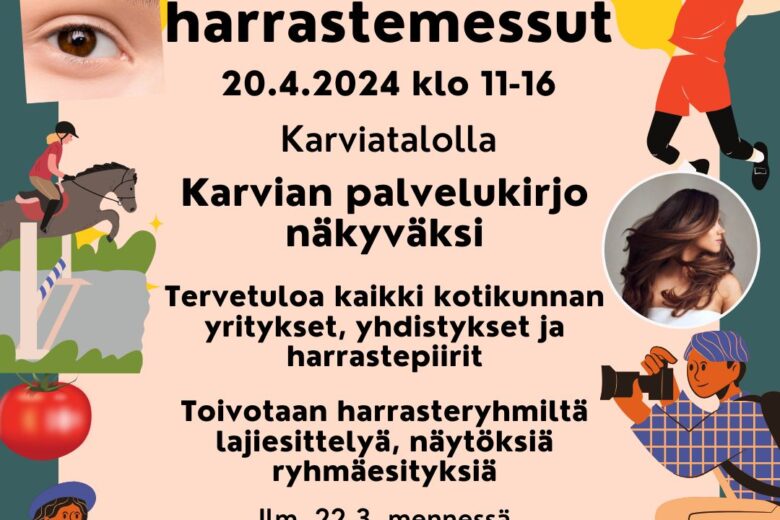
- Muu
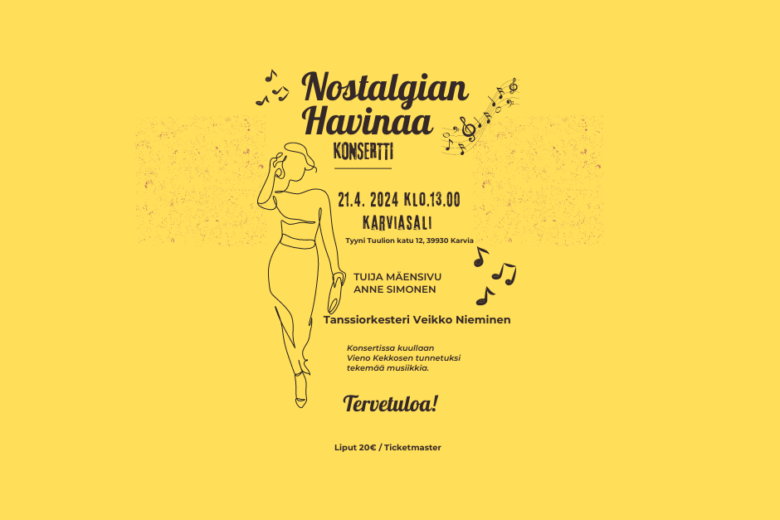
- Konsertti
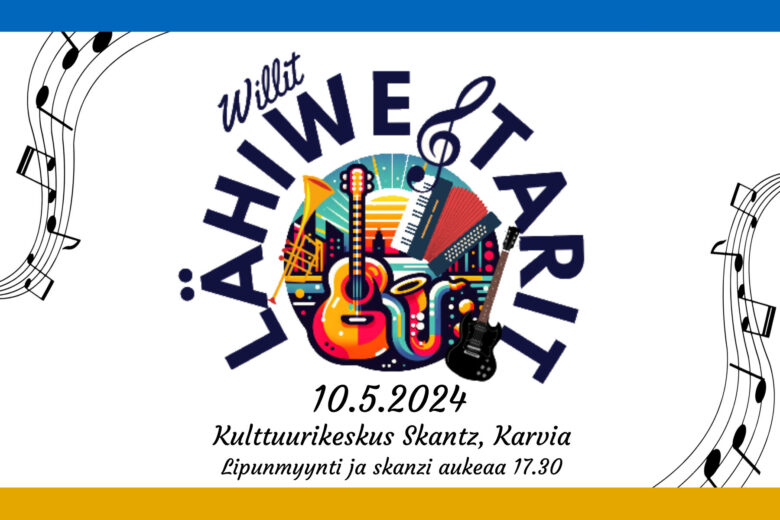
- Konsertti
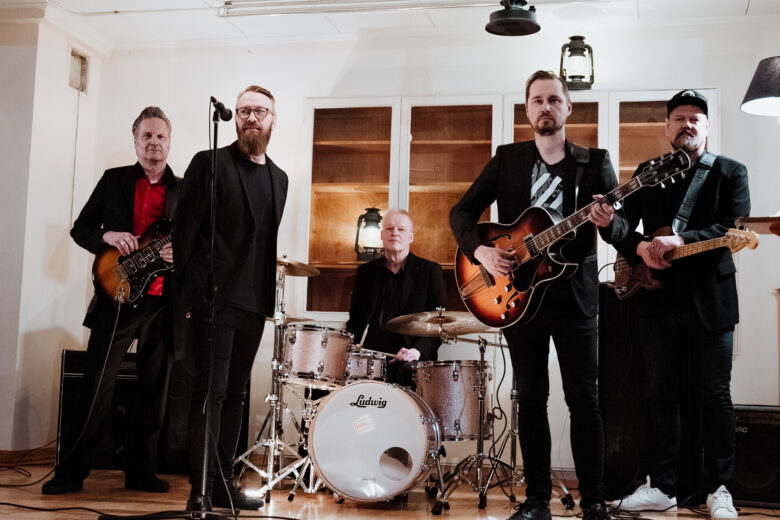
- Konsertti
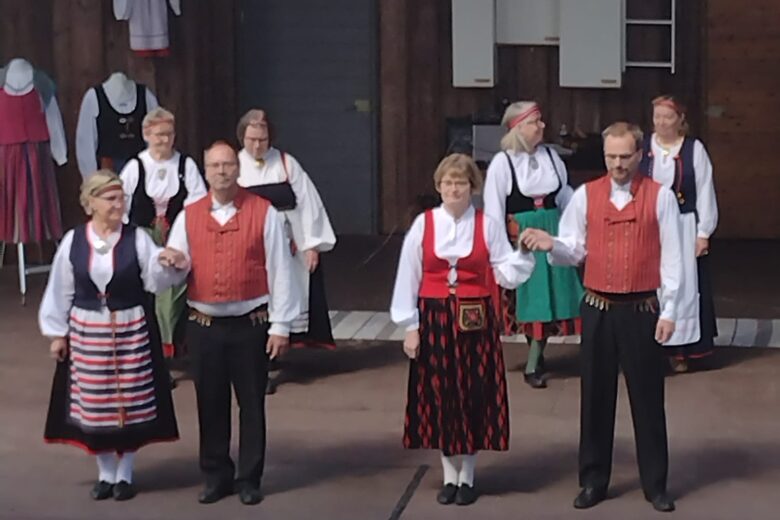
- Konsertti
- Muu
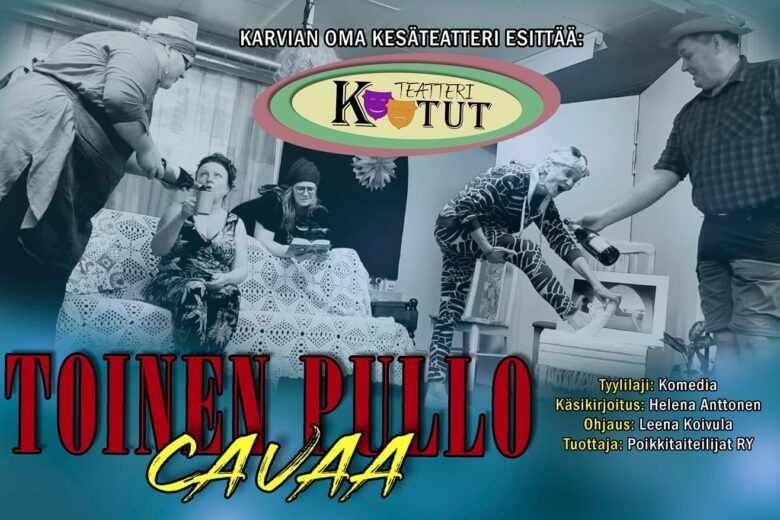
- Teatteri
Miten löydän paikalle
Geopark sijaitsee lähellä läntisen Suomen suurimpia kaupunkeja. Geoparkiin on helppo tulla esimerkiksi junalla Parkanon rautatieaseman kautta, mistä matkaa voi jatkaa vuokra-autolla tai polkupyörällä.
Kohteiden ja reittien saapumisohjeet löydät kunkin kohteen ja reitin omalta sivulta.
